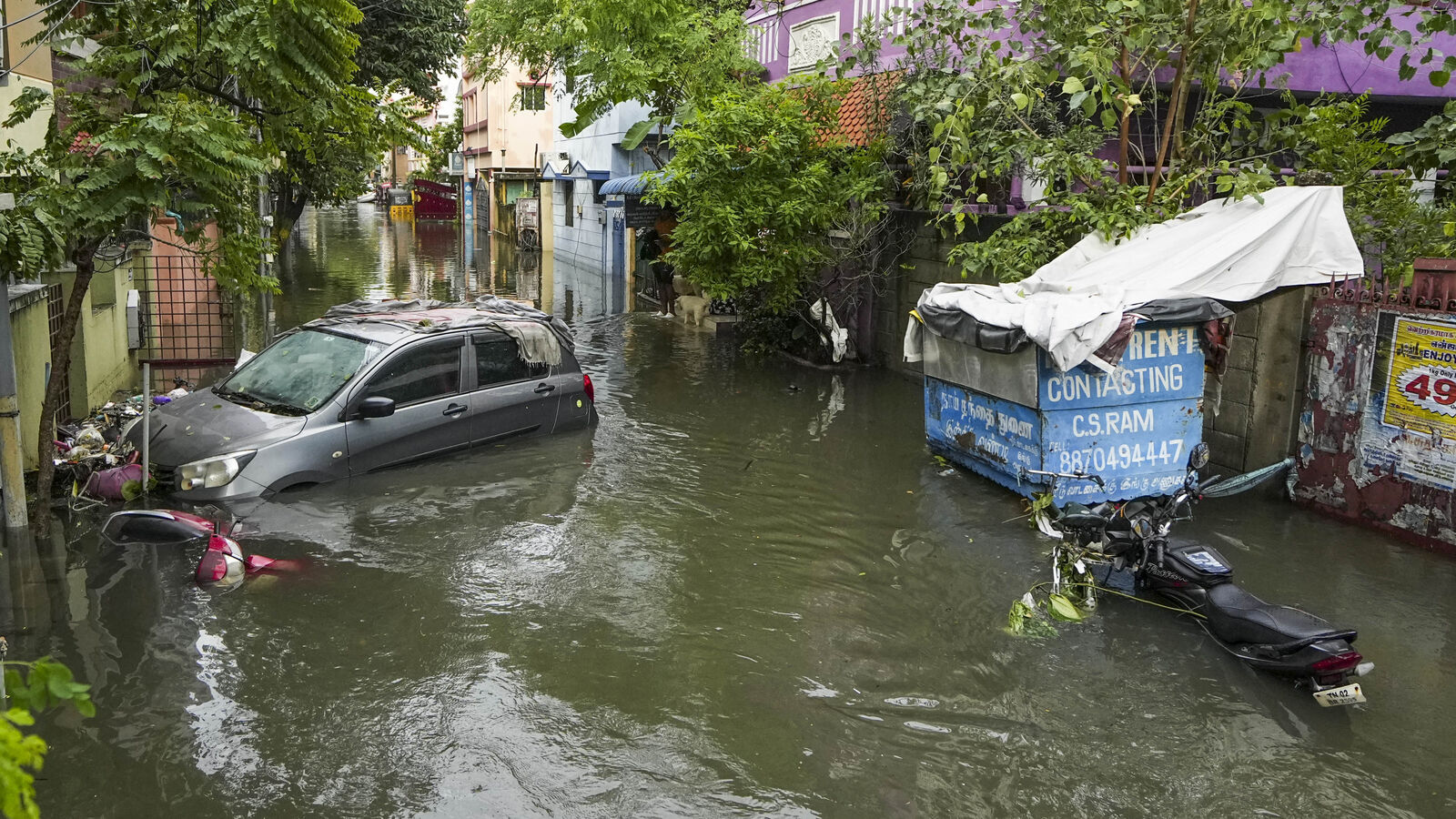With your vehicle standing exposed, it’s necessary to essential steps to minimise damages and the hassle of claiming insurance or repairing the vehicle later. So what can you do to mitigate such a situation? We’ve put together seven quick tips that can you try to minimise the damage to your vehicle during floods or cyclones.
Also Read : How to clean and lubricate motorcycle chain at home: Key steps
Tips to protect your car from total damage during floods
1. Park at higher ground
One of the simplest things you can do is park on higher ground in case of an impending flood or cyclone. If you live in a high-rise with multi-storeyed parking, this is rather easily done. However, you can also look at public parking spaces that will keep your car protected in the event of a storm. Of course, always look for options that are closer in proximity to your nearest safe zone.
2. Evacuate early
If you think you won’t be able to make it to higher ground in time, make sure to evacuate the car at the earliest. This is all the more necessary if you see water levels rising. Grab all the necessary belongings in your vehicle and try to keep them in a single bag so your hands are free. Try to move your vehicle to the side of the road if you can so it isn’t blocking the path later once the water levels recede. It also ensures your vehicle is protected from other impacts.
3. Disconnect the battery
If you are evacuating from the vehicle, it’s important to disconnect the battery to prevent any electrical damage to the car later. This will save you a major chunk of costs in repairs later. Also, make sure that the doors are locked, the windows are rolled up and the sunroof closed, so there’s little chance of water seeping into the cabin.
4. Cover the vehicle, create a barrier
Cover the vehicle with a car’s cover or use a tarpaulin sheet cover to do the same. Additionally, use can use sandbags, should you find any at that moment to create a barrier to divert the water away from the vehicle.
Also Read : Key tips to keep your motorcycle in good shape during winter
5. Go slow, keep revving
If you find yourself stuck in a flood-ridden area with the water levels rising, it makes sense to keep the vehicle going with some added pressure on the accelerator. The idea is to keep the water out of the exhaust and engine. You also don’t want the vehicle to stall while the water levels are knee-deep. A submerged area would also mean low traction and going slow will give you better control over the situation.
6. Don’t crank the vehicle when submerged
On the occasion that your vehicle stalls when driving through a flooded area, it’s best that you push it to the side instead of trying to restart it again. Cranking the car while the exhaust and engine are submerged will only increase the chances of the water damaging the engine by entering the chamber through the air intake. This will cause your engine to seize and that’s a hefty repair bill, which can be completely avoided.
7. Keep your insurance details handy
Natural calamities are unexpected and there’s not much you can do to fight it. However, you can prepare yourself by buying the right insurance with complete coverage. Third-party insurance does not cover vehicle damage and you will need to opt for a comprehensive policy. In events such as a flood or cyclone, the premium is worth it. Additionally, keep the details handy, preferably in a digital format with a physical copy in the car that will ensure you can reach out to the right people and smoothen the claims process.
First Published Date: 05 Dec 2023, 18:08 PM IST



